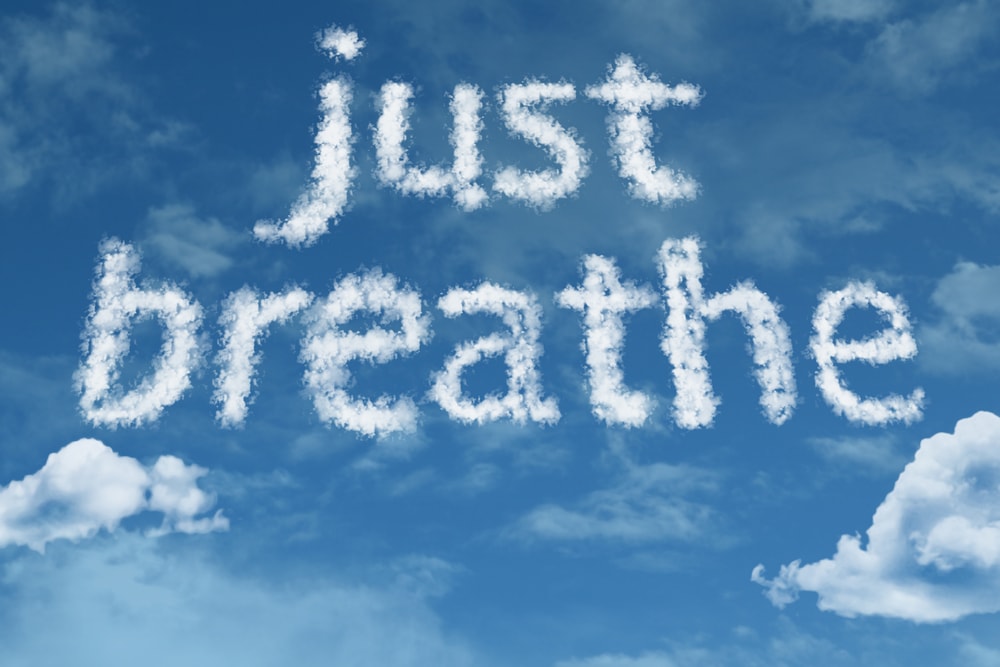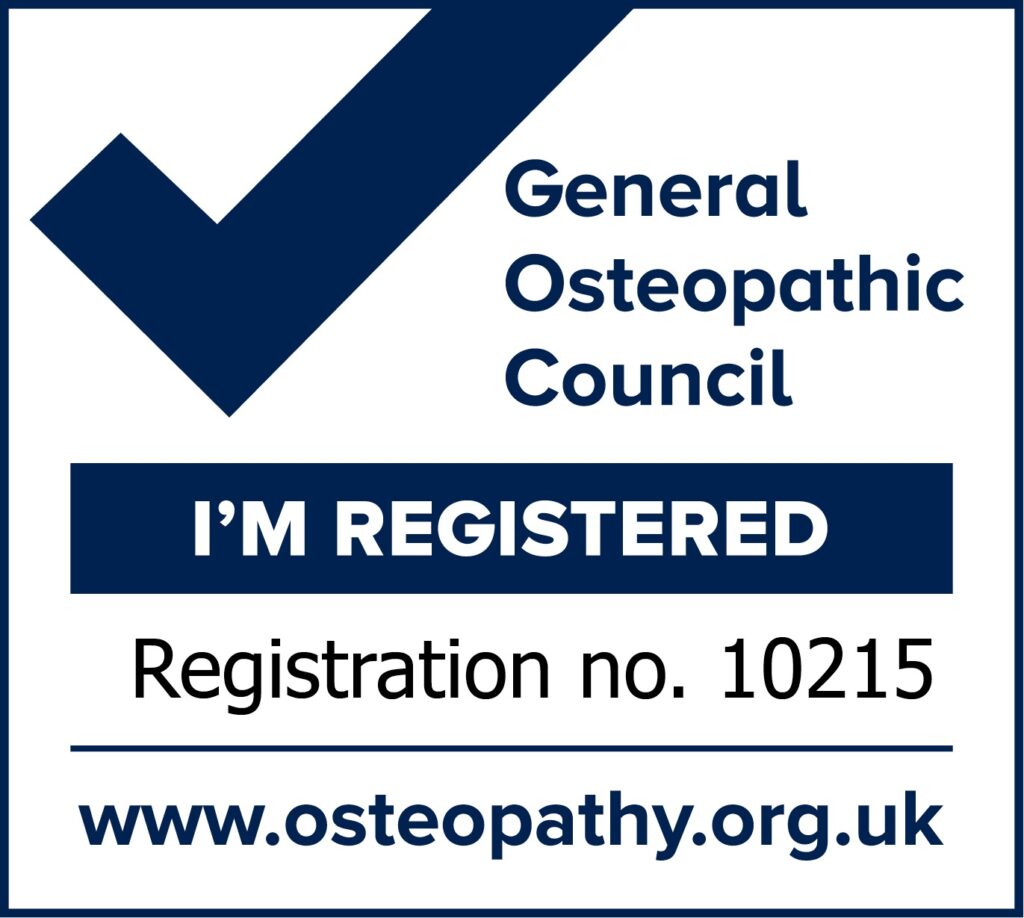People often say that being a sports massage therapist must be very different to my previous role as a Midwife. It is, of course, in many ways. However, there is one big factor that both roles have in common. Managing pain. Everybody manages and copes with pain in different ways. One of the most important skills I learnt from my midwifery years and which I have continued to use with patients during massage therapy is the use of deep breathing.
One of the first things mums-to-be are taught in childbirth classes are breathing techniques to help control labour pain. By learning to consciously breathe they manage and shift the feeling of pain to one of sensation. It works in labour and works for you during treatment due to a number of reasons.
Think about what happens when you lose control of your breathing when you’re stressed or in pain. You start to breath too fast, become stressed and your muscles become tense. All of which makes it difficult to treat you. Now think about taking deep, rhythmic breathes. You become calmer and muscles start to relax. This is why therapists will encourage deep breathing techniques.
Deep breathing is the simplest and most effective way to relax your body, lower your heart rate and blood pressure and help to decrease tension. Also, importantly during treatment, it provides oxygen to the body, promotes blood flow and increases the effectiveness of the lymphatic system helping to reduce lactic acid and reducing achy muscles.
During treatment you may become uncomfortable. Therapists will decrease the pressure used and check what you can tolerate. The aim is not to create pain but unfortunately it may be unavoidable. This is the point that breathing techniques should be adopted. We will encourage you to breath in deeply through your nose and slowly out through your mouth. If this isn’t enough I like to use ‘counted breathing’. It’s as easy as it sounds. Breathe in to the count of 4 and out to the count of between 4-6. Another way to further support this is to tap your thumb to your fingers, one at a time and count 1,2,3,4. I’ve used this personally when I have been receiving treatment. My therapist immediately recognises it as me going to my ‘happy place’. The finger taps help by engaging the brain and distracting it from the pain signals.
Using the techniques described and controlling your breathing allows your muscles to relax, making your treatment less painful and therefore more effective. It may come naturally to you but I have found that at other times I need to encourage patients to adopt it or be supported during it. A patient recently reported that she had felt embarrassed trying to breath through treatment with a therapist at a different clinic. My message is NEVER be embarrassed. It’s important to be relaxed so that we can help you and treat you properly. Your muscles will thank you!
Nichola Slaney (Sports Massage Therapist)


© Copyright 2021 BTST Osteopathy And Sports Massage Clinic.